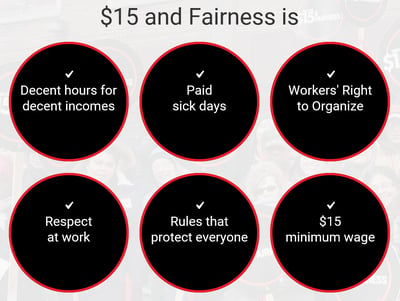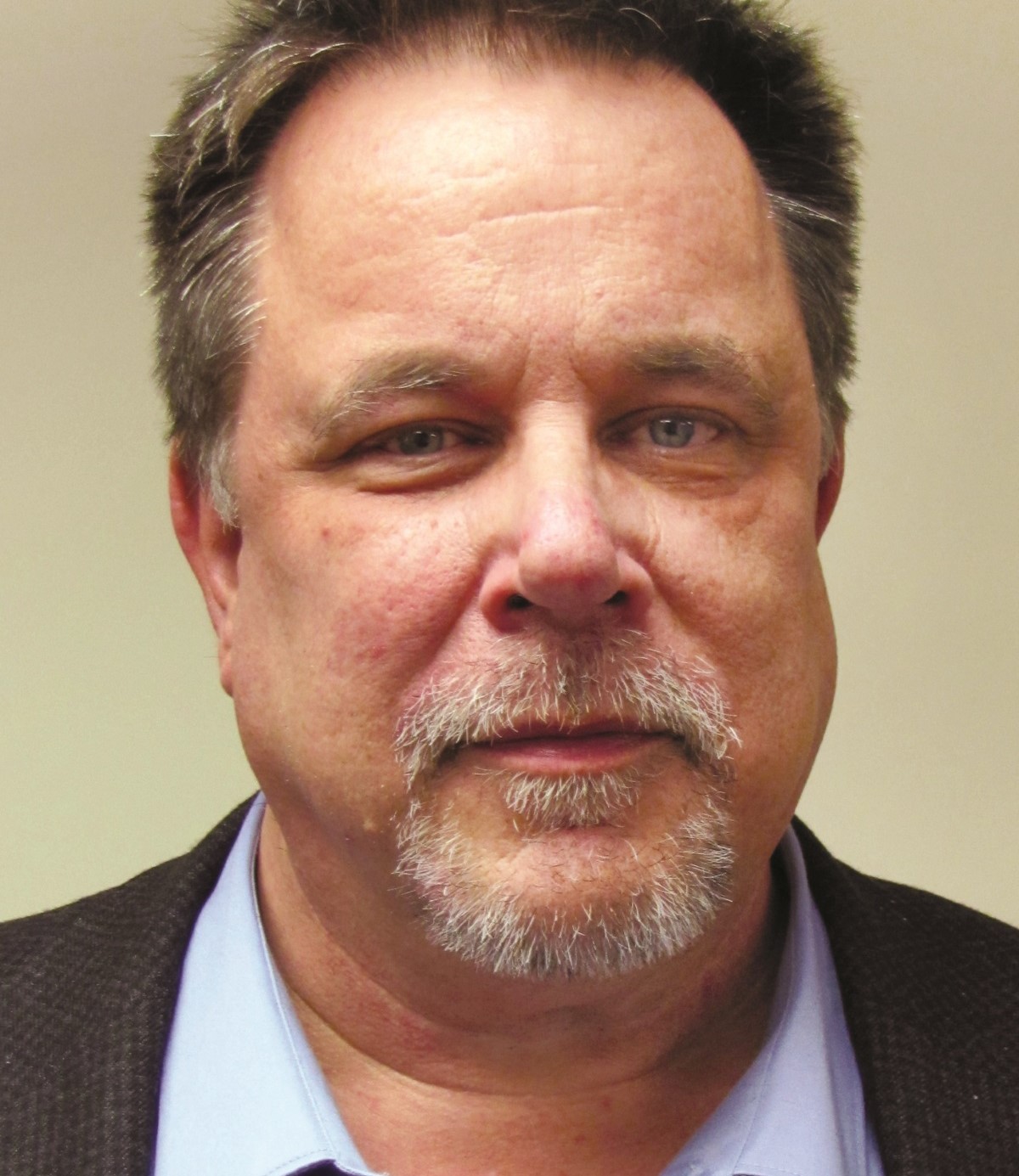Precarious Employment is the jargon people like me use to describe the employment conditions and experiences of a growing number of workers in our country. Here is what that jargon means:
Precarious employment is in effect sub-standard employment that offers low wages that typically are not enough to live on, and that does not offer basic benefits like sick leave, vacation leave, or even unpaid bereavement leave. Health and dental benefits are too often absent as a benefit to low-wage workers.
In Ontario, according to the Wellesley Institute, one in three workers do not have health and dental benefits. And the lower your income, the more likely you will not have these benefits. In fact, the Institute reports that only one in five persons making $10,000 or less receive health and dental benefits from their employer. As well, the Institute reports that it is not until workers are earning $60,000 per year that the majority have employer provided health and dental benefits (90%).
Such employment also lacks in any form of job security. Workers can be sent home on a slow day, laid off for seasonal reasons, or simply let go if they are seen to be a “problem.” By “problem”, I mean, when a worker has to stay home to take care of her child in a work environment where such leave is not allowed. It might be allowed on the books (unpaid sick leave) but not so in practice. Precarious employment can also include work situations where worker safety is ignored, side-stepped, and seen as an unnecessary drain on revenues.
Most employers are likely decent employers, but precarious employment is not rare. Living Wage Canada reports that one-quarter of workers are low-income, the highest rate in the world. Precarious employment is estimated to affect 50% of Ontario workers, according to the Fight for 15 and Fairness collaboration.

A livable income is a game-changer for people. Sufficient income means better access to health services, to good food, to accessing services for our children, for planning for the future, and participating in the economy. A good job offering sufficient income reduces mental health problems, helps reduce stress in family relationships and can avoid the embarrassment, not to mention lack of opportunity, that children face at school when their parents cannot afford the extra fees required for participation in a sport or other school activity. People who earn a livable income can turn their attention from survival to contributing to their community and the lives of those they love and care about.
Imagine if there were more groups, more community leaders, more businesses, more citizens focused on stopping precarious employment and increasing the number of jobs that compensate people fairly.
Systems would change, new and effective policies would surface, employers would treat workers with dignity and people’s human rights would be met.
For more information:





